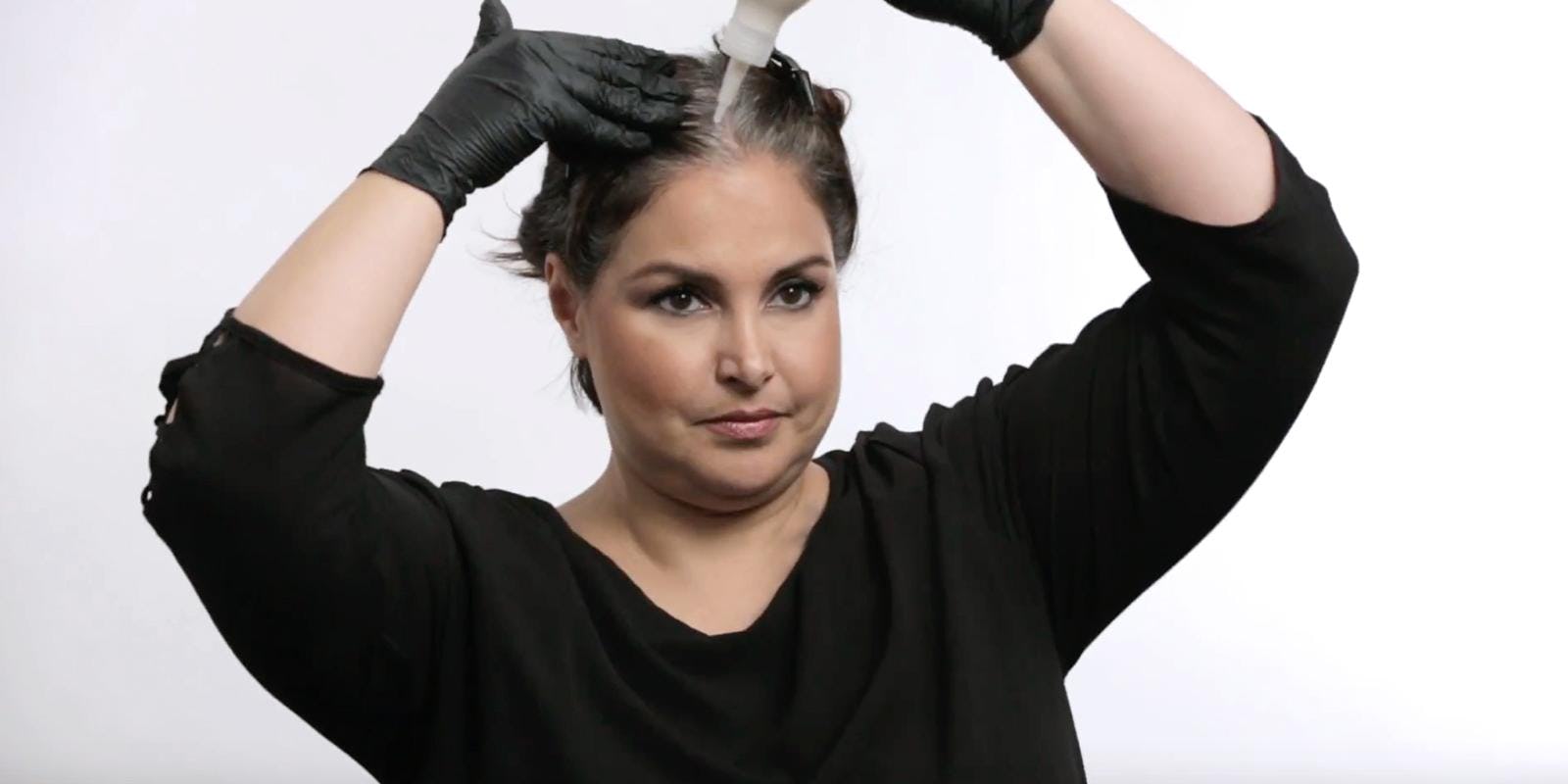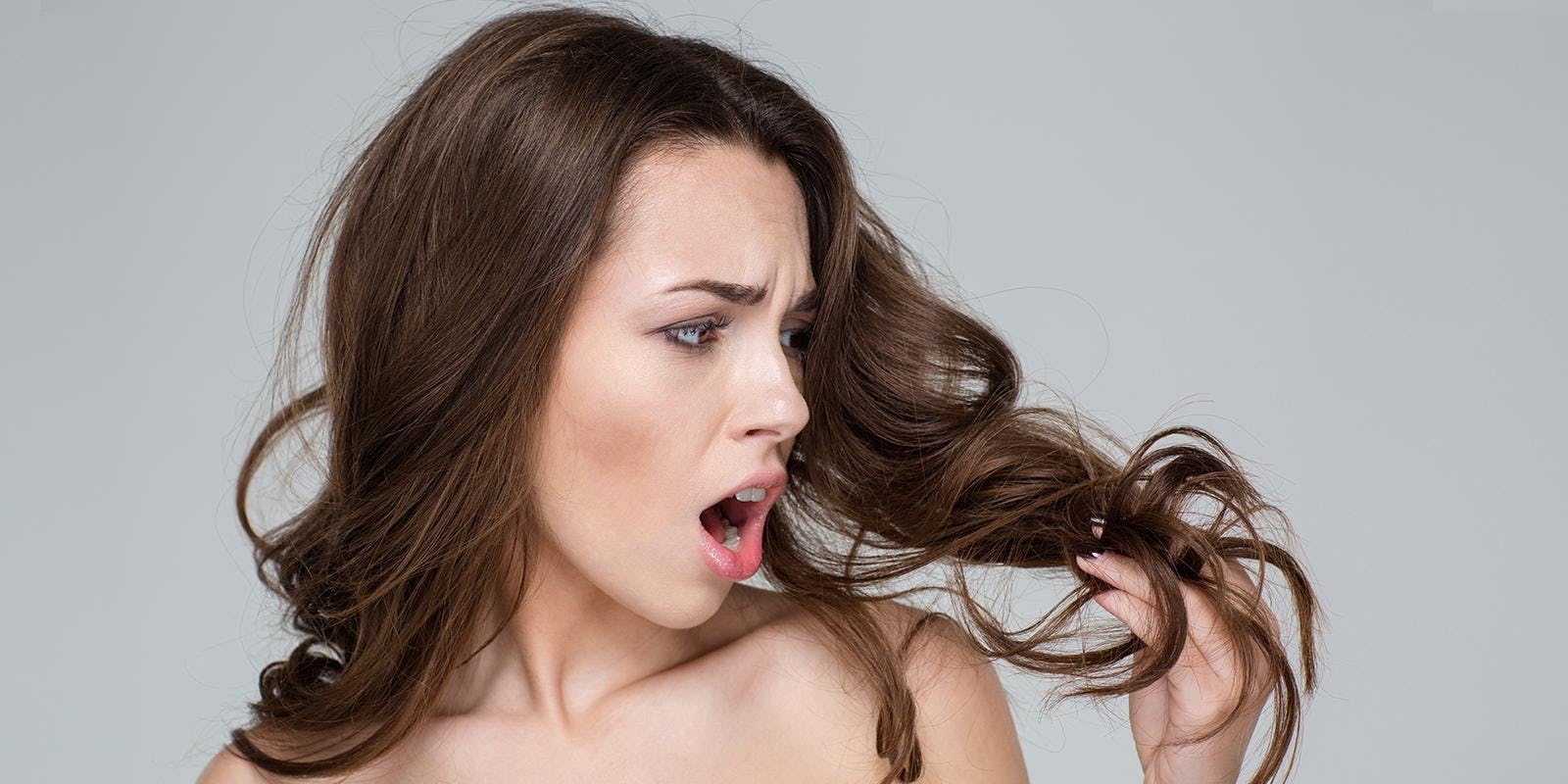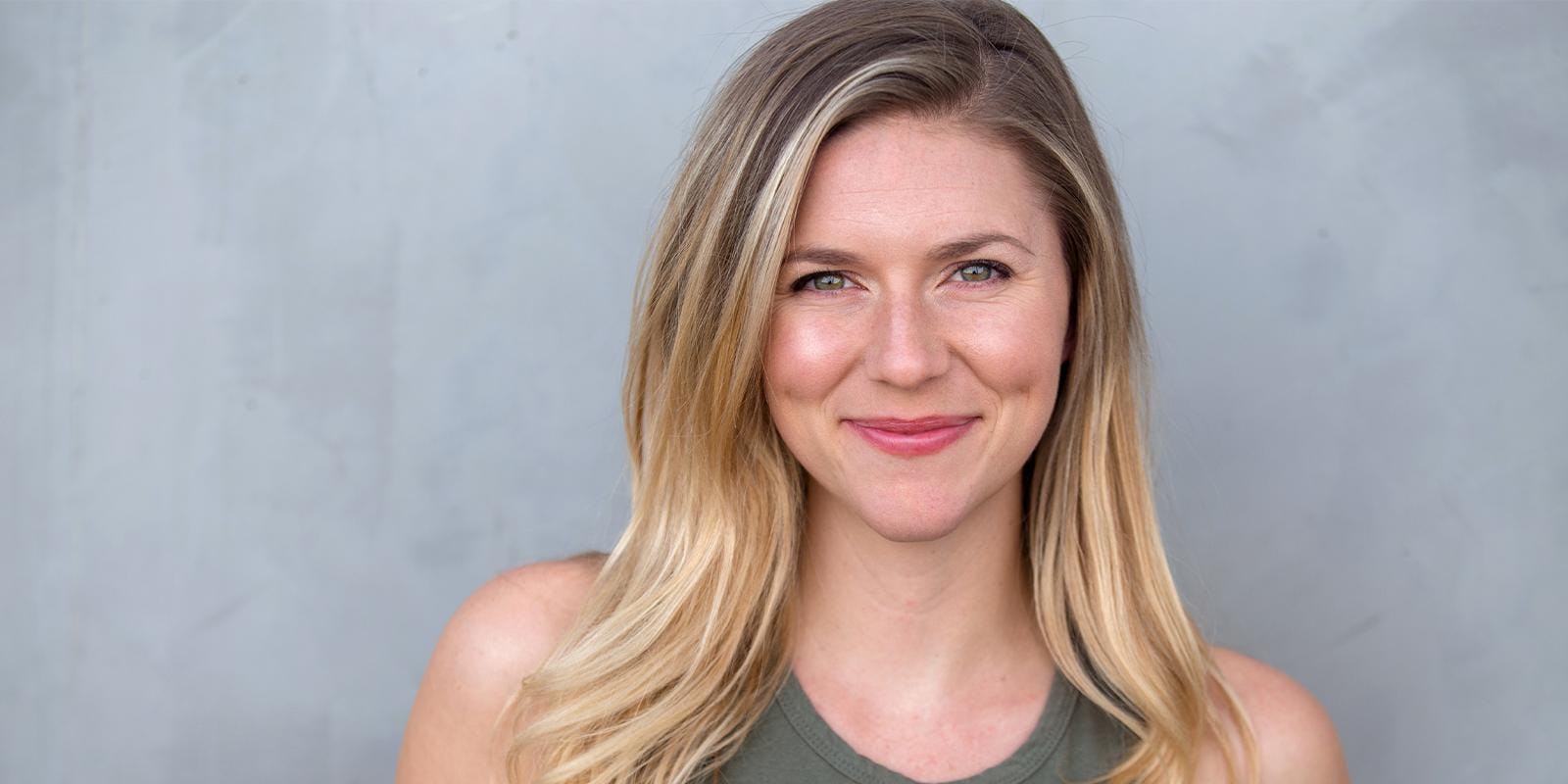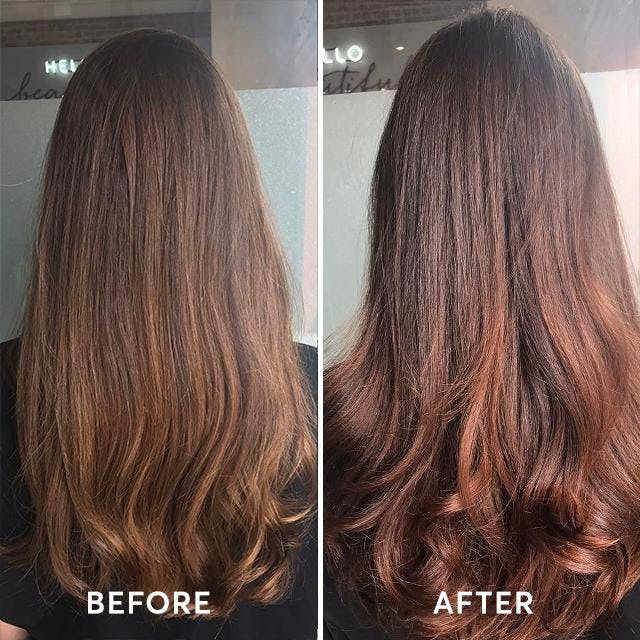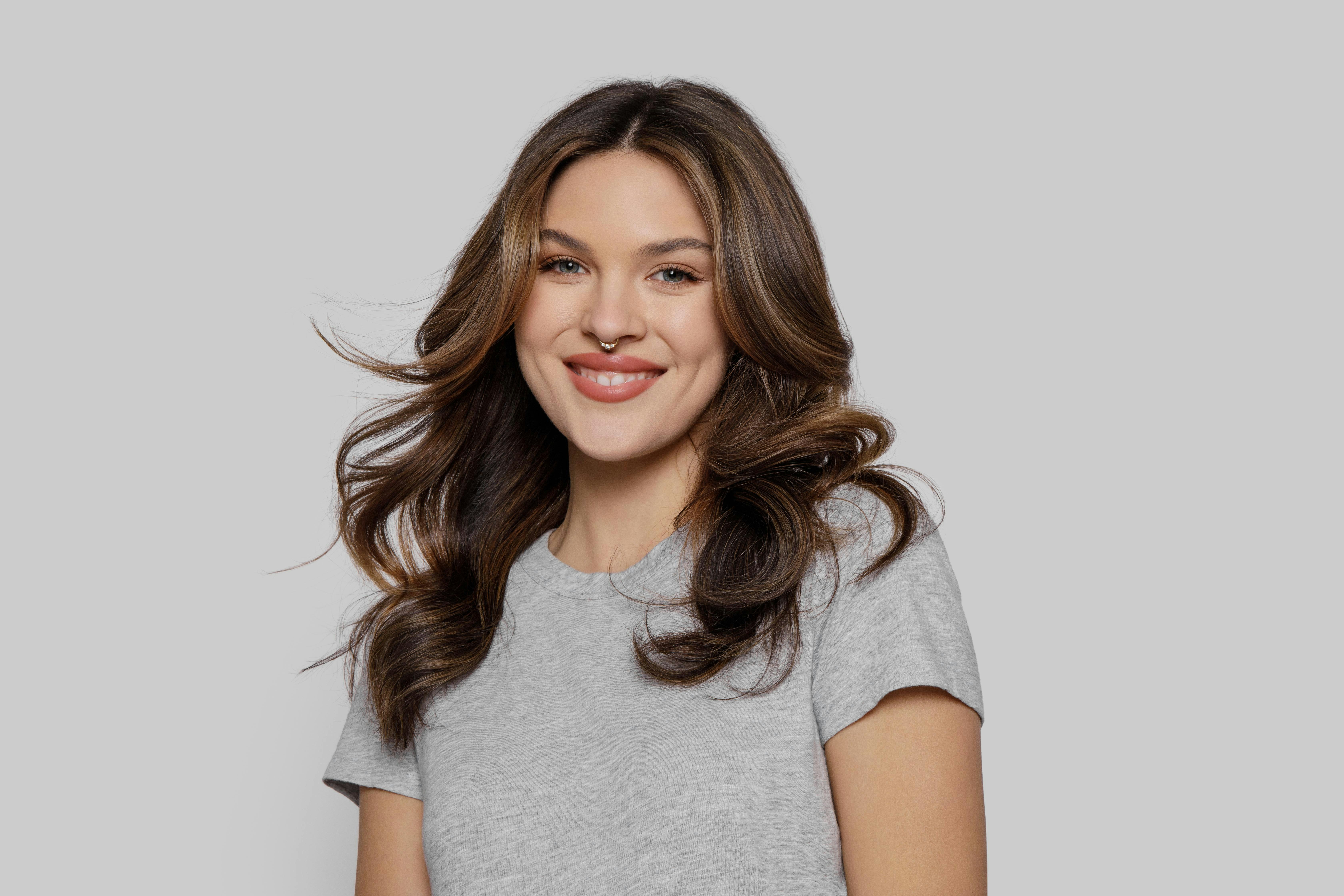What’s My Hair Type?
by Lauren Cash December 01, 2015

Beauty is about embracing what you’re born with, and the best products will enhance your natural qualities. Knowing your hair type is the first step to getting your most beautiful hair because you will understand what kind of styling techniques, hair color, and hair care will work the best for your locks. So let’s get started!
What’s my type?
We’re not talking dating, ladies! This is the easiest classification since we’re all used to thinking of hair by type: Straight, Wavy, Curly, or Coily. Check out these guides from Madison Reed for expert tips to make the most of each:
All You Need to Know About Straight Hair
All You Need to Know About Wavy Hair
All You Need to Know About Curly Hair
All You Need to Know About Coily Hair
How to tell
If you’re unsure about your hair type, it’s time to find out! Leave it free of products and let it air dry next time you wash your hair. If it dries completely straight, you have straight hair. If there’s a natural wave but doesn’t curl up, you have wavy hair. Larger curls mean you have curly hair, while very tight curls signify coily hair.
What’s my texture?
Many people don’t think of texture (a.k.a. thickness) as a separate factor from hair type, but it strongly affects how well your hair will hold styles and color. Here are the three main textures:
Thick hair has the largest circumference and is slower to absorb color, which means that it usually requires more processing time. It can also be resistant to chemical treatments like perming and straightening.
Medium hair is the middle-range of circumference, so it doesn’t have any special considerations for how much color to apply or adjustments to processing time.
Fine hair will usually process quickly and lightens very easily. Because of that, it runs the risk of getting over-processed and is susceptible to damage from chemical treatments. Less is more if this is your texture.
How to tell
Put those stray strands in your hair brush to good use! Cut a piece of sewing thread about 6 inches long (choose a similar color to your hair if you can). Take an individual strand out of your hair brush and place it next to the thread on a flat, plain surface. Thick hair will look thicker than the thread. Medium hair will have about the same thickness as the thread. And fine hair will be a lot thinner than the thread.
You can also tell texture by how well it holds style. Fine hair is delicate and typically can’t hold curls. Medium hair is fairly easy to style and will hold its shape for longer. Thick hair can hold curls very well, but can be difficult to style because it’s less pliable.
If you’re still unsure, compare your hair with a friend who knows her texture or ask your stylist next time you’re due for a haircut.
What’s my porosity?
Porosity means your hair’s ability to absorb moisture, water, and products overall. It is directly related to the condition of the cuticle layer of the hair, which acts like a shield to the inside layers of your hair. Your level of porosity comes from both nature and nurture. You’re born with a certain amount, but outside factors like environment, chemical processing, and heat styling make a major impact.
Ideally, you don’t want high porous hair (damaged) or low porous hair (resistant to absorbing moisture well), you’re aiming for the healthy average, which responds best to hair treatments and styling.
Hair with high porosity absorbs moisture too quickly because the cuticle layer is open and releases moisture at a high rate, making it dry and damaged. It’s important to be very careful when you perform any sort of chemical treatment on highly porous hair, color will take very quickly and can easily become over-saturated. If your hair gets too dark when you first color it, but then fades very quickly, you likely have high porosity (don’t worry, Madison Reed can help you fix that).
Hair with low porosity is much harder to process and is very resistant to hair color because the cuticle is tight and difficult to open up. If your hair does not take color well, you may need more product and/or more processing time to help it really sink in.
How to tell
Next time you wash your hair, grab a freshly clean strand out of the shower or your comb. Once it’s dry, drop it into a glass of water. If the strand immediately sinks to the bottom, then your hair has high porosity. If it floats somewhere in the middle with ease, then it’s normal porosity. If it seems to stay at the top, taking forever to sink downward, then your strands are of low porosity.
What to do
If you have high porosity, use hair care infused with keratin, argan oil, and ginseng root extract to repair past damage and strengthen your hair. Reinforce with healthier styling products that also protect your hair from environmental damage and include nourishing elements. Over time, you can reverse damage, which will help your hair hold on to color longer.
If you have low porosity, allow more time when coloring hair to let it fully process and work its way in. Madison Reed has an option to order extra color and activator so that you get the results you want. Contact a Color Crew colorist for a free consultation.
What’s my elasticity?
Just like a rubber band, elasticity refers to how much pulling or stretching the hair can take without breaking. Elasticity can be lost due to age, heat damage, exposure to the sun, or chemical damage caused by hair treatments.
A high level of elasticity is an indicator that your system is well-balanced and that your hair is receiving adequate moisture and protein, as well as being easier to color.
Hair with low elasticity is highly susceptible to breakage and will be more resistant to hair color and other treatments.
How to tell
When your hair is wet, choose a strand, hold it securely, and stretch the hair. If the hair stretches and returns to its original length when released, then it has good elasticity. If the hair breaks or doesn't return to its former shape, you have low elasticity.
What to do
If your hair is dull, weak, and stretches excessively when wet, get shampoo and conditioner packed with keratin—the natural protein found in hair and nails—to restore elasticity and strength.
Advances in science have led to healthier hair products, from hair color to styling creams. Use Radiant Cream Color to get vibrant permanent color at home and style your hair with products designed to protect hair from environmental stressors, damage, and color fading. Over time, you will reap the benefits with softer, smoother, shinier hair!
Every type of hair requires special care and treatment, so knowing yours will help you say bye-bye to bad hair days forever. Once you know these four key factors, you’ll be able to tailor your routine, from hair color to hair care and styling. Remember, the Color Crew is here to help with expert advice, so contact them for a full, free consultation. And get ready to look your very best!

It All Starts
With Color
